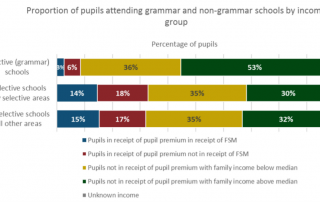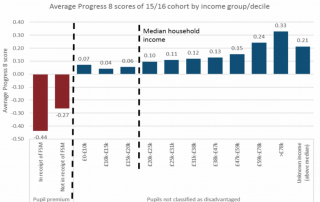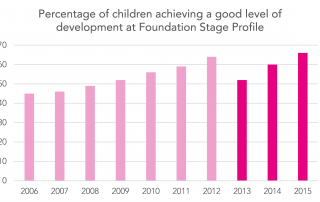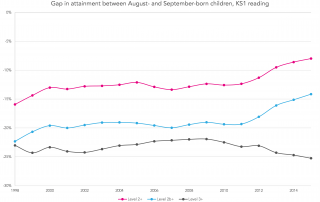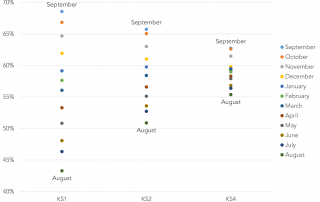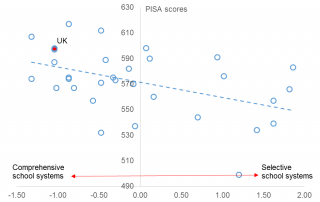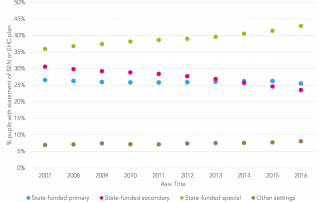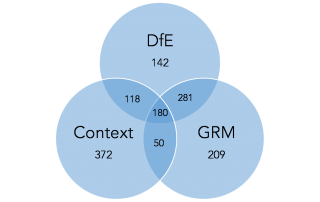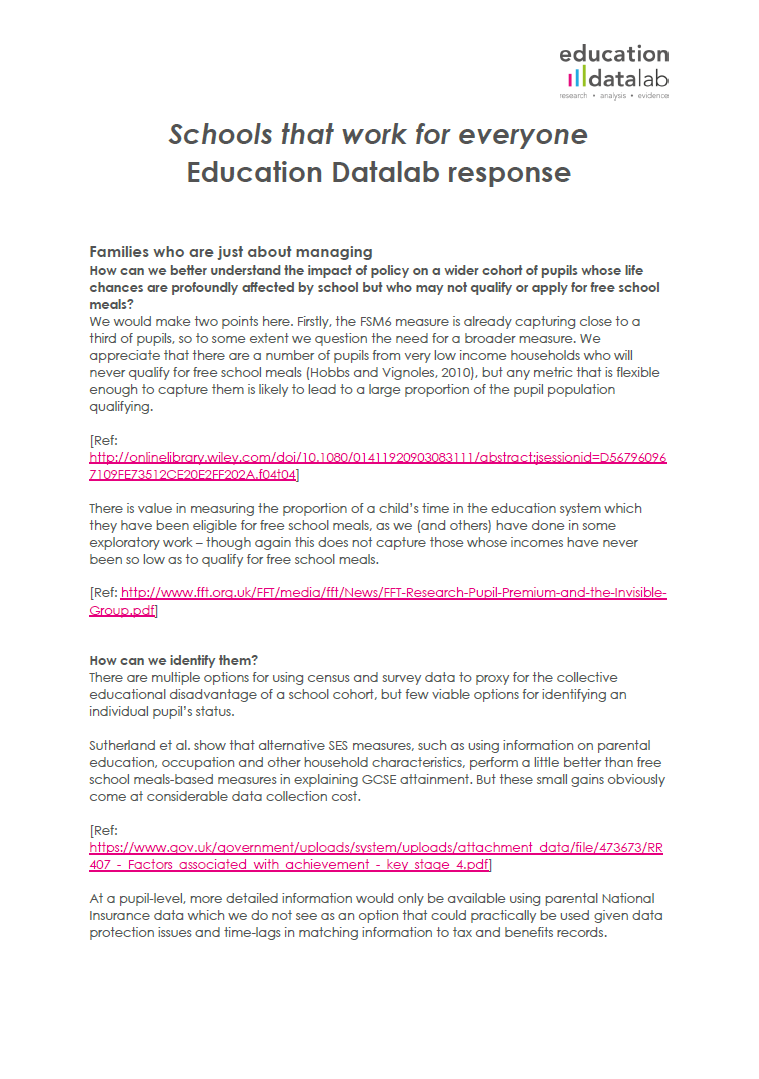‘Ordinary working families’ won’t get access to grammar schools – and government data confirms as much
The new government consultation on ‘ordinary working families’ is being used as the latest piece of arsenal to shore up support for grammar schools among the general public (the majority of whose children will, of course, get to attend secondary moderns). From it they conclude that the children of ordinary working families stand a good [...]



